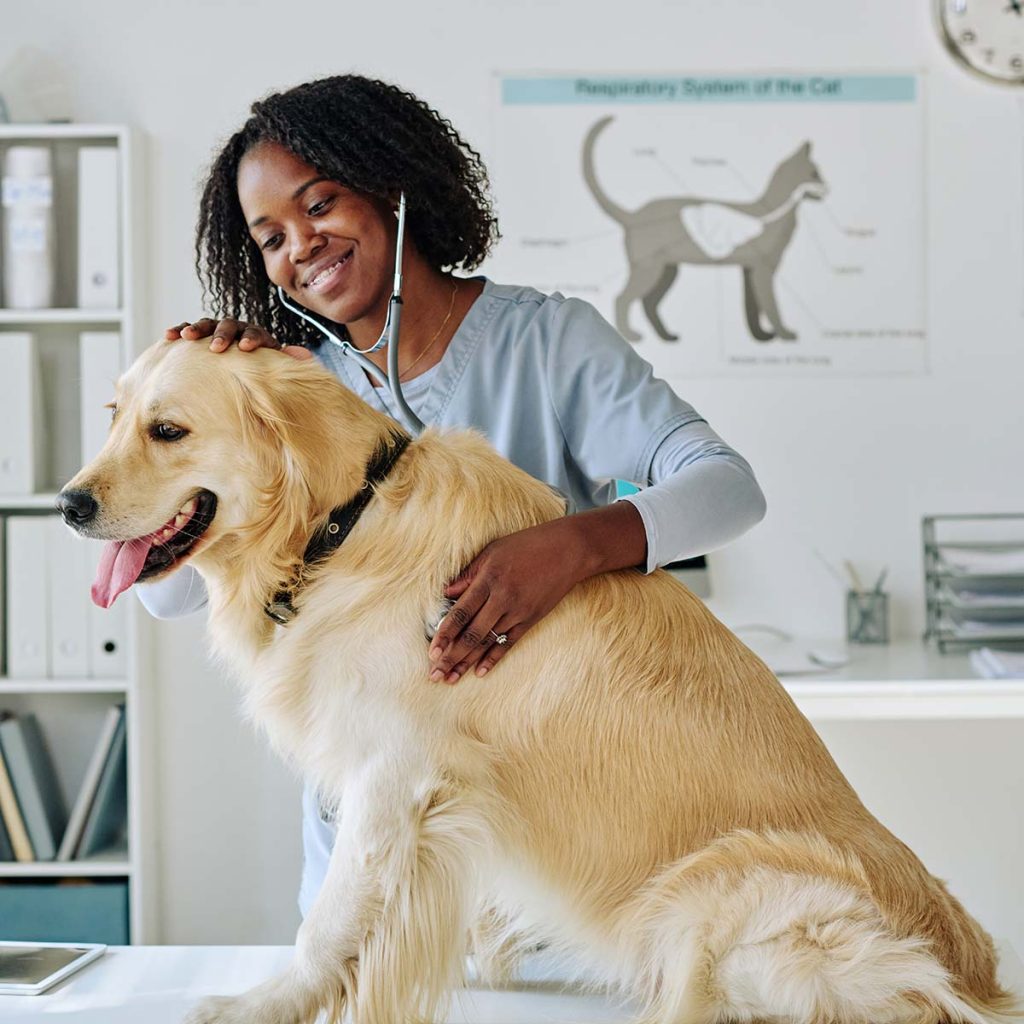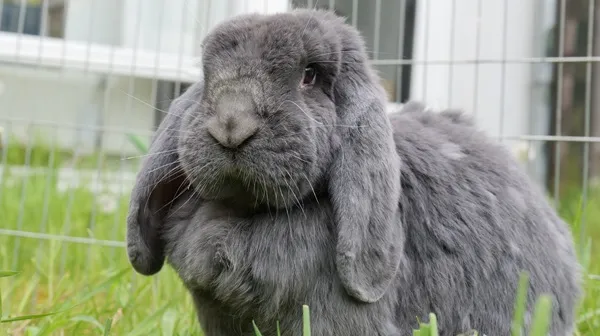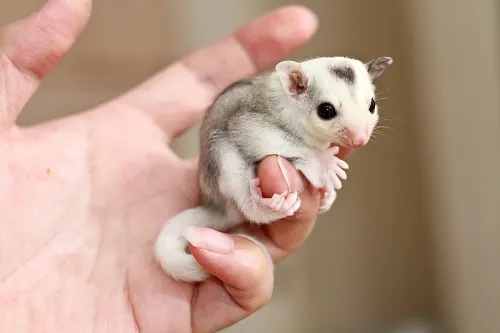Cytology, Biopsy, and Histopathology

Collecting tissue samples for cytology or histopathology allow a pathologist to often give a diagnosis of the type of mass or tumor your pet has. Samples can be obtained by fine needle aspirate or biopsy, where a piece of the mass is cut out. Based on what the mass appears like under the microscope, the pathologist can often give a prognosis of how the tumor will behave.
Bladder Sludge and Bladder Stones in Rabbits and Guinea Pigs

Rabbits and guinea pigs commonly present symptoms related to the urinary system. At home, the owner may notice urine collecting in the hair on the inside of the rear legs, a more pungent smell to the urine, the pet straining to urinate, or hematuria (bloody urine). After a proper physical exam and a thorough palpation of the urinary bladder, the veterinarian may identify bladder stones (a firm, oval hard mass in the bladder) or “bladder sludge” in rabbits (a bladder filled with a grainy, sand-like material). X-rays of the abdomen allow the veterinarian to identify the type of bladder disease and/or the number of stones.
Sugar Gliders – Owning

Sugar gliders are small, nocturnal mammals with a social and curious nature. They are also marsupials, meaning they possess a pouch in which the female raises her young. This handout describes the sugar glider’s physical and behavioral characteristics along with recommendations for choosing one to be your pet.
Owning a Ferret

Ferrets are generally good-natured, inquisitive, playful animals that enjoy the company of humans. They can make great pets! This handout provides some basic facts about ferrets and what you need to know about keeping one as a pet.
Ferrets – Housing

Due to their well-deserved reputation as escape artists, ferrets should be housed in a cage that can be securely closed and/or locked. They also need a safe, “ferret-proofed” play area or room where they can explore and investigate while supervised.

